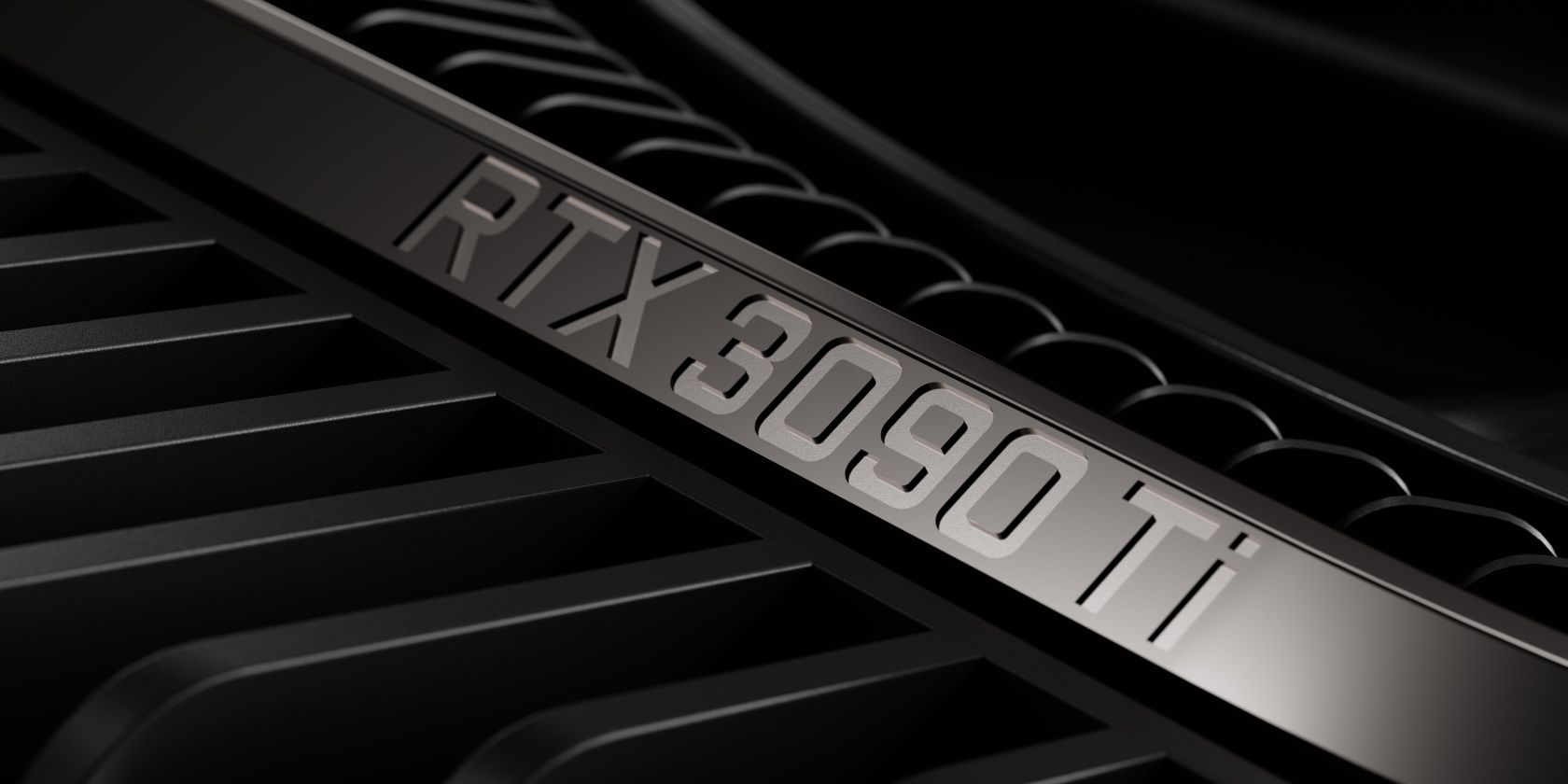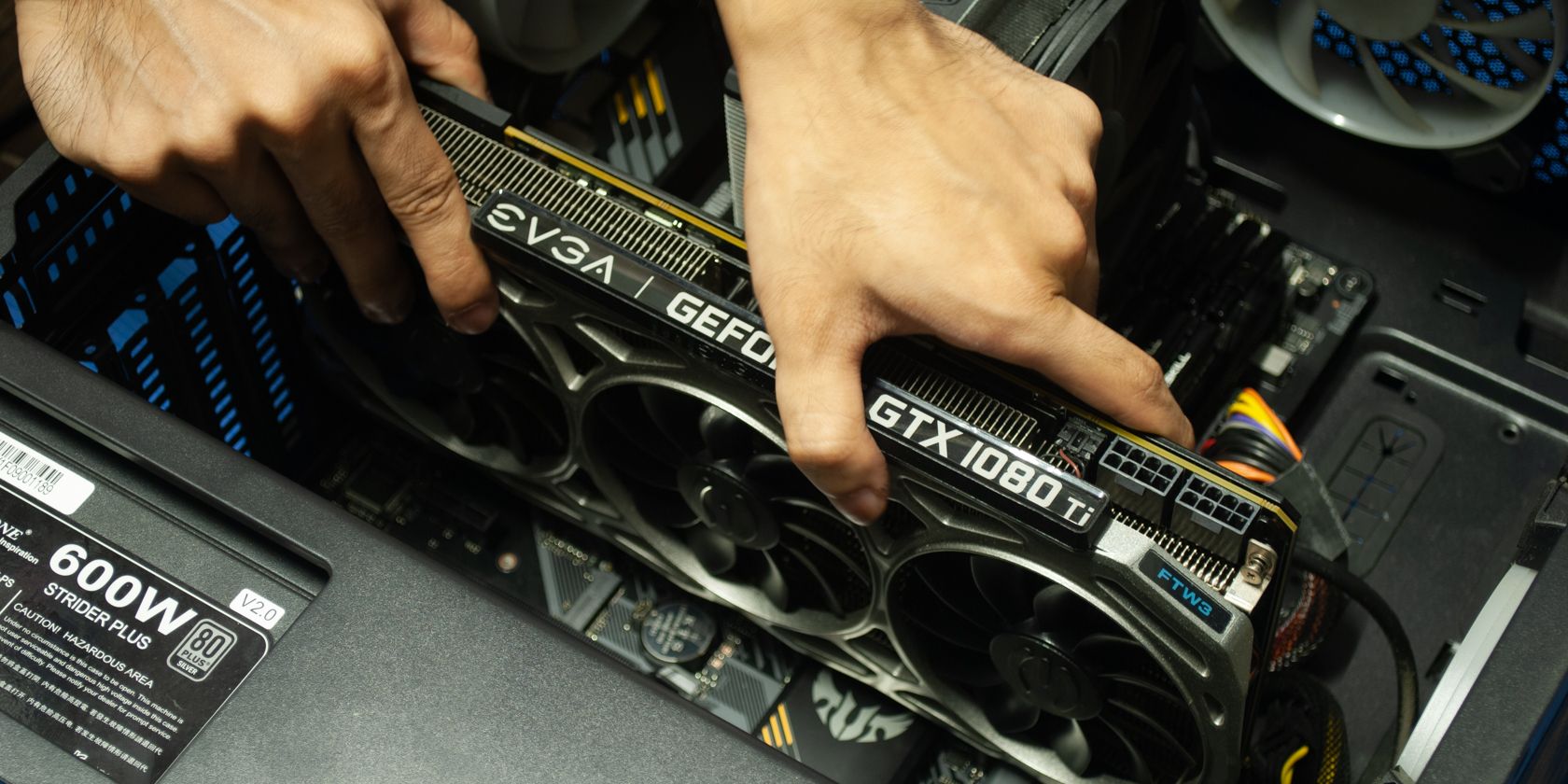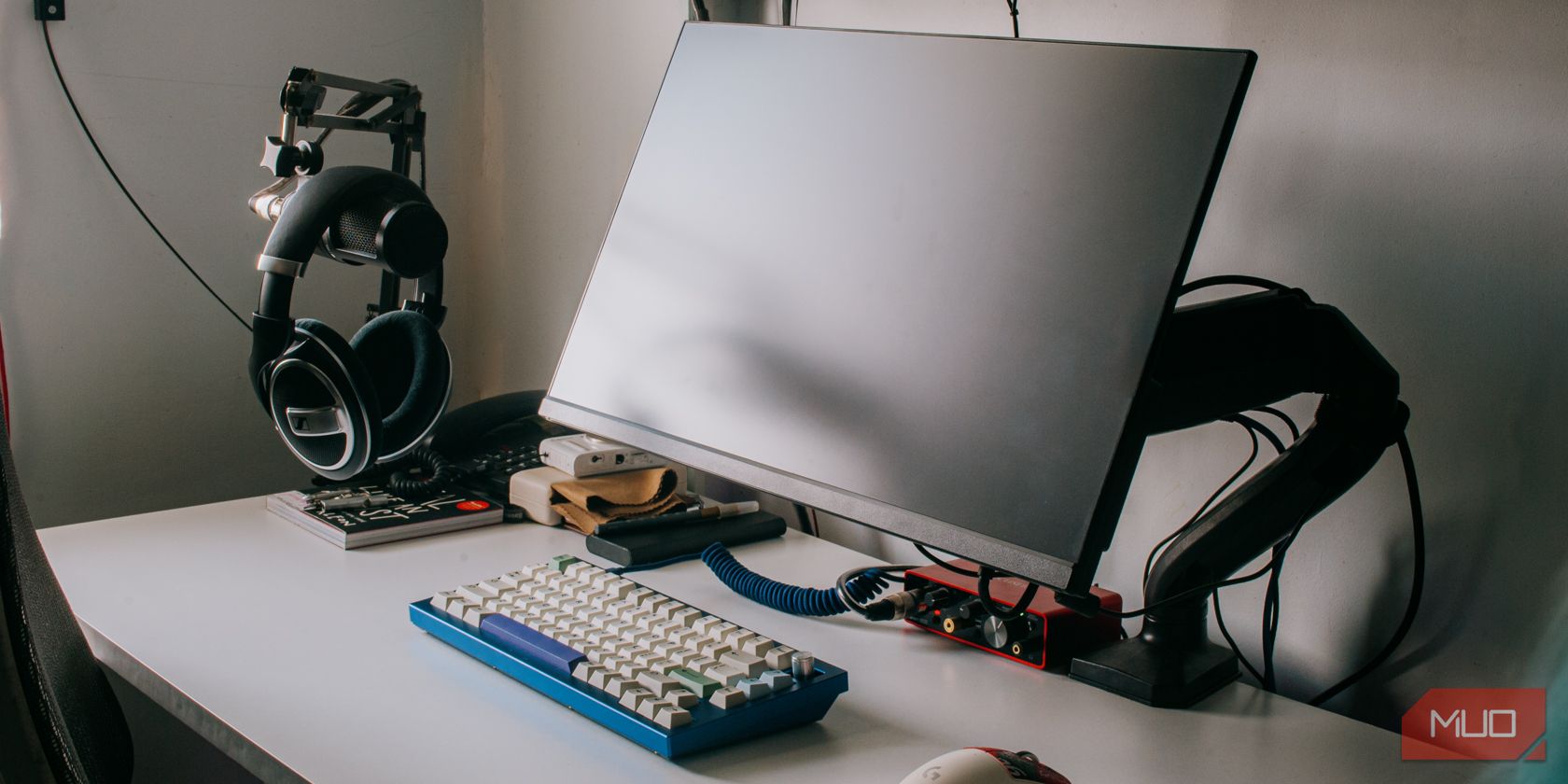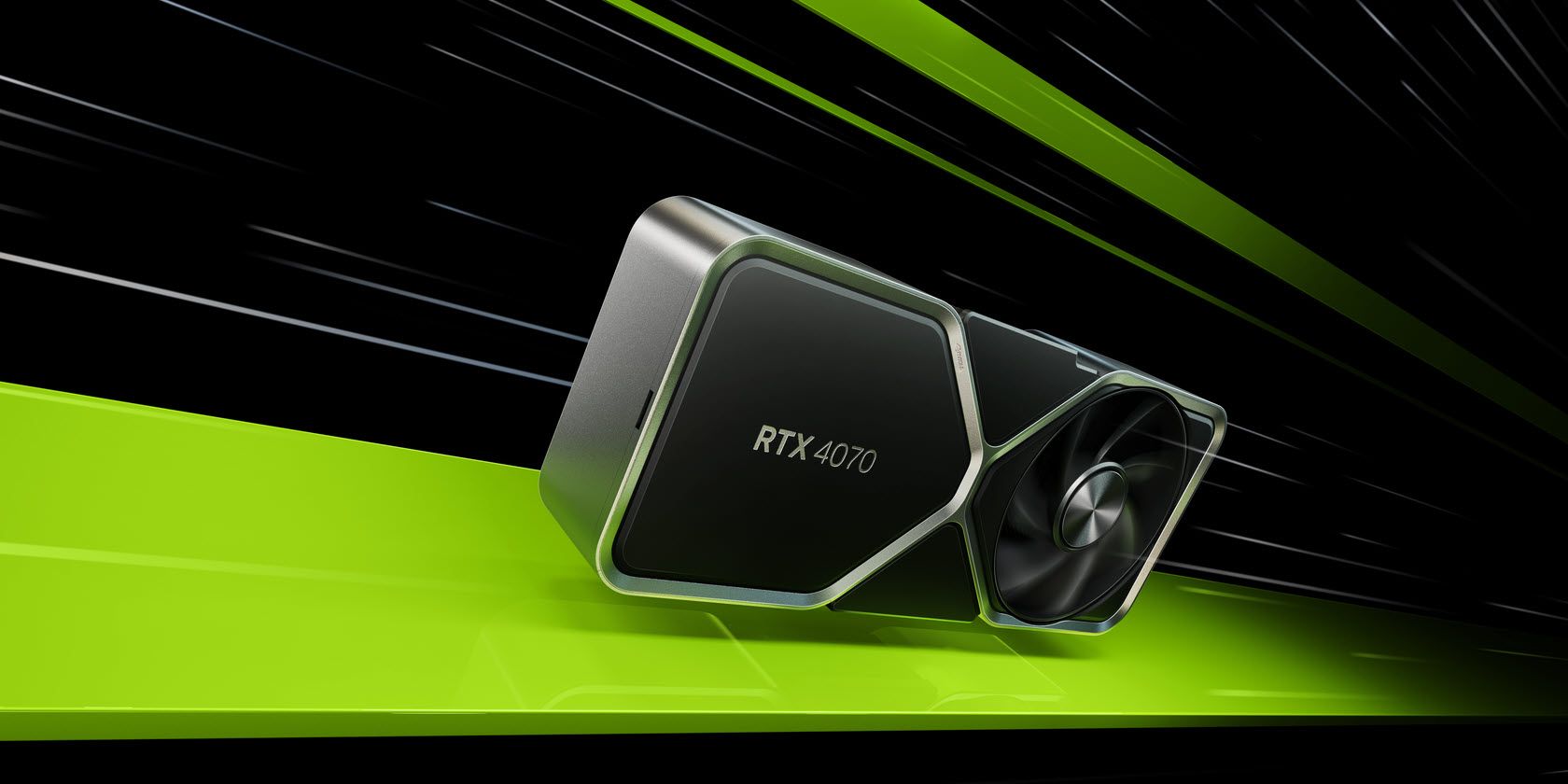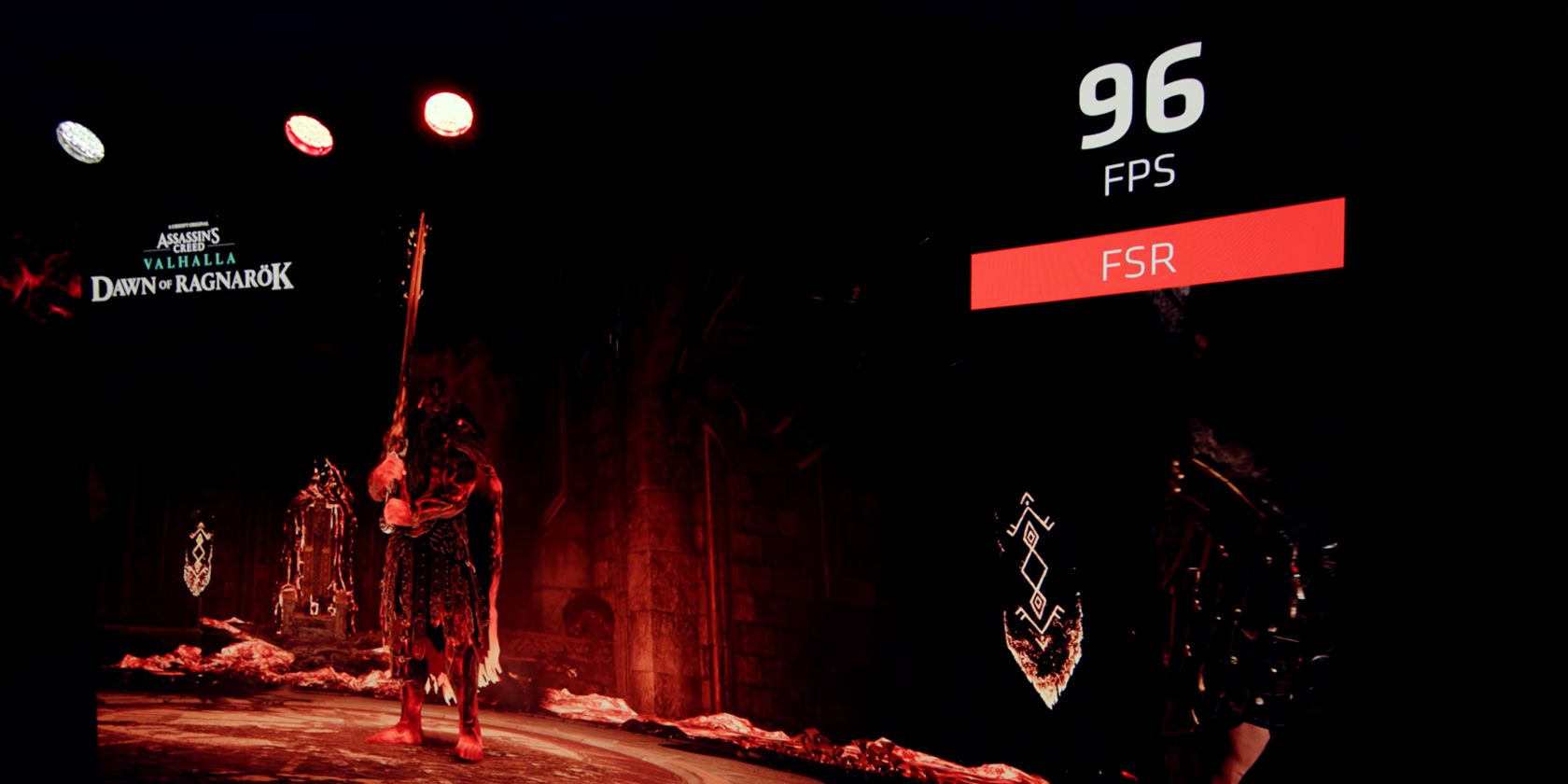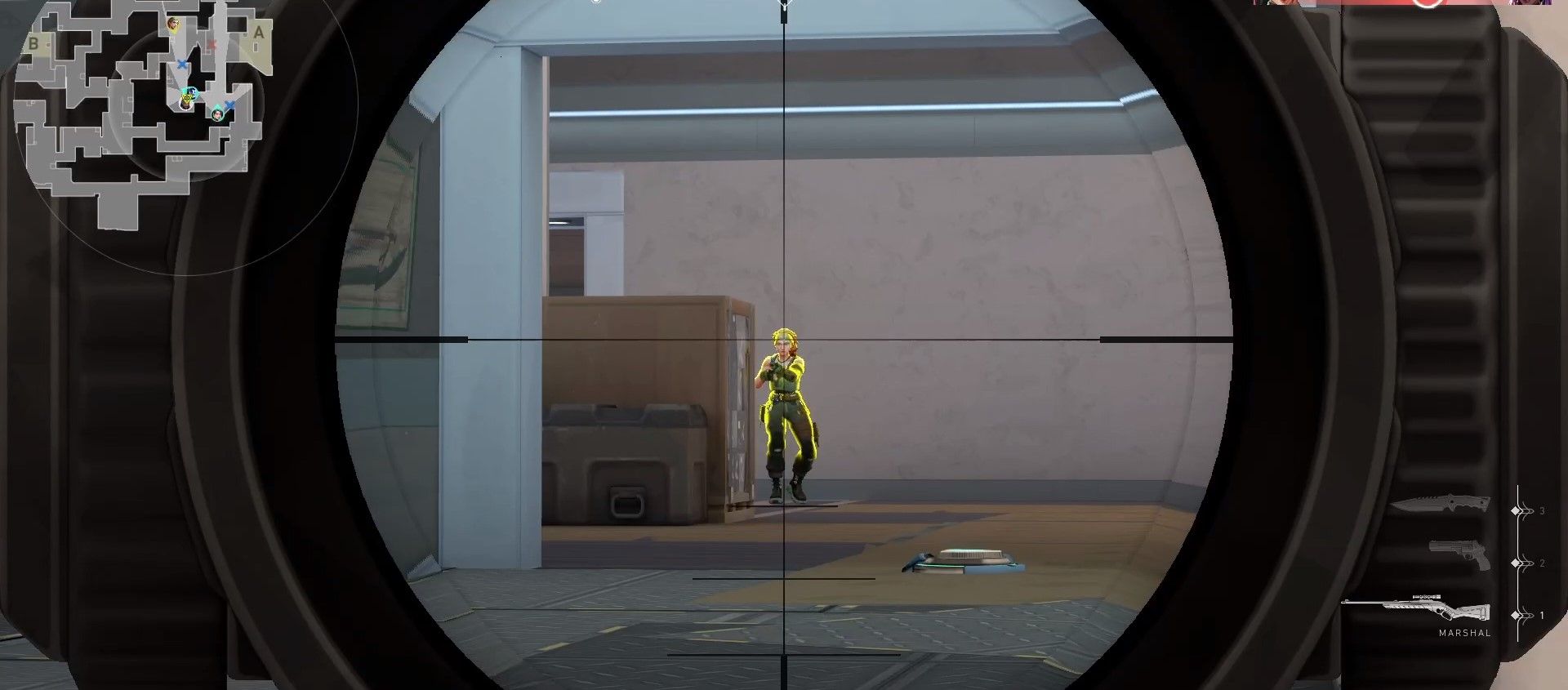With games and resolutions ever increasing, we see newer graphics cards with more and more VRAM. You might have come across news on the internet that 16GB of VRAM is a bare minimum for mid-range graphics cards.
But should you upgrade your graphics card just for more VRAM? How much VRAM do you really need for modern games?
What Is VRAM?
VRAM, also known as video or graphics memory, is located inside your graphics card. VRAM is usually relatively fast—significantly faster than your system RAM—allowing you to maximize your graphics processor and produce images in quick succession. They each have different jobs, and you'll probably want to learn more about the difference between VRAM and RAM.
As fast as VRAM is, games are becoming more demanding; and as gamers upgrade their monitors, games suddenly have so much more information for the GPU to process. We're here to help you determine how much RAM you'll need for modern games.
VRAM Requirements for Modern Games
Modern games don't need that much VRAM. Even demanding games like Cyberpunk 2077 still run fine on 4 to 6GB of VRAM. However, your gaming experience might not have as much visual fidelity as you'd like, as you'll have to play at low settings or lower resolutions.
If you plan to play demanding games like Spider-man Remastered, Elden Ring, or God of War at high settings, you'll use over 10GB of VRAM in modern games. Maximum graphics settings are a waste of time anyway—most people can't tell the difference between high and medium settings while playing.
If you stick to medium settings and either 1080p or 1440p, you'll find that you won't need more than 10GB of VRAM and still visually enjoy the game. However, if you want to upgrade to a 4K monitor, you might also want to consider upgrading your graphics card.
Should You Upgrade Your Graphics Card for More VRAM?
It's self-explanatory that higher graphics settings take up more VRAM. However, some graphics settings take up significantly more VRAM than others.
By far, the most VRAM-demanding setting is the resolution. Nothing lowers frame rates as much as higher resolutions. Like high graphics settings, 8K is also overkill and unnecessary for gaming. Although 4K is a sensible upgrade from 1080p, it's still a massive fourfold leap in resolution.
If you have a graphics card with more than 12GB of VRAM, it might not be worth upgrading solely for more VRAM. Technologies like FSR and DLSS allow you to play at 4K without using up as much VRAM at native 4K resolution.
However, if you're still running 6GB of VRAM, you might want to upgrade it; unless you're OK with playing newer, more demanding games at 720p or sticking to older, less demanding games.
It's always best to make decisions based on your situation. Counter-Strike and Valorant are games that don't need plenty of VRAM. The same can be said for plenty of competitive games, as they're made to run well on lower-end hardware. 6 to 8GB should be plenty of VRAM for competitive games, even for modern standards.
There's also a chance that modern games might be made with more focus on being easier to run because of the impact of AMD's handheld PC gaming chips.
Lower VRAM Graphics Cards Still Have Some Life Left
Most modern games can run on 6 to 8GB of VRAM if you play on low to medium settings at 1080p with DLSS, FSR, or XeSS. However, if you plan to upgrade your monitor to a higher resolution one, you might also need to upgrade your graphics card.
But because technologies like AMD's FSR are available to graphics cards so long as they're not too old, you could extend the life of your under-10GB graphics card while playing at higher resolutions.

